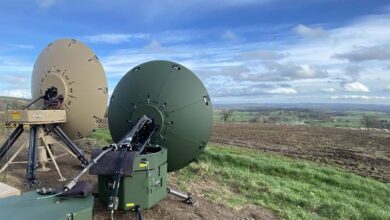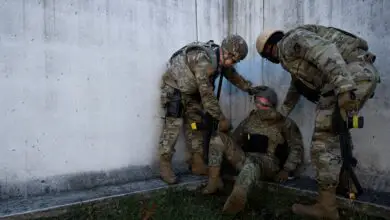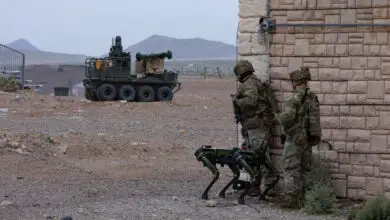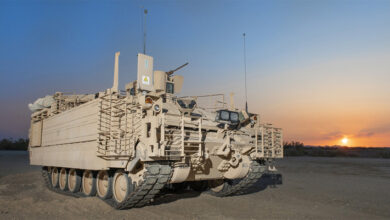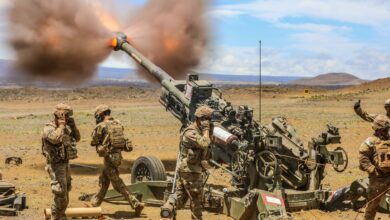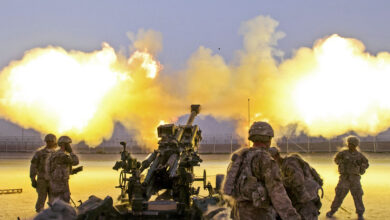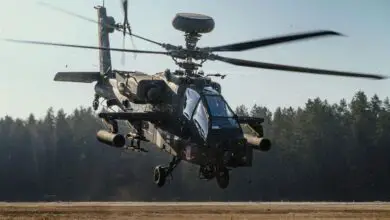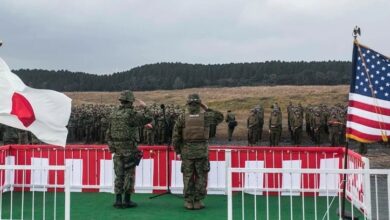TACK Program Could Change the Way Warfighters ‘See’ on the Battlefield
The Tactical Awareness via Collective Knowledge software combines human and computer vision at the squad level.
US Army researchers have developed a suite of tools to enable soldiers to “see” the battlefield in ways never imagined before. The tools will tap into what a soldier sees and feels in combat to predict and improve their situational awareness.
The Tactical Awareness via Collective Knowledge (TACK) software combines human and computer vision at the squad level. It tracks the user’s eyesight, breathing patterns, and gaze. TACK has been created using a multi-aspect data acquisition and synchronization software backbone called the lab streaming layer (LSL).
With TACK, if a soldier looks at a point of interest, the software will identify the object they see. If necessary, it can even send a companion drone or another sensor to check out what is in their sights.
“We can know exactly when and what someone looked at when we use TACK software tools and the physiological changes happening concurrently including what their pupil size was, as well as heart, brain and many other sensors,” Dr. Russell Cohen Hoffing of the US Army Combat Capabilities Development Command, said.
What Next?
Although the current TACK configuration is currently being tested to help soldiers with decision-making, researchers say the program could evolve significantly over the coming decades.
Its ability to track vision is being applied within the Integrated Visual Augmentation System, a do-it-all multifunction goggle that will deliver next-generation night vision and situational awareness capabilities. Last month, Microsoft was awarded a $22 billion 10-year contract to produce these mixed reality headsets for army combat troops.
Talk about an upgrade!
The #USArmy is integrating tactical network systems to enhance functionality of the Soldier-worn Integrated Visual Augmentation System (IVAS) onto combat vehicles.
Learn more: https://t.co/pWHqkGadNb#Adapt2Win #modernization pic.twitter.com/dhWeC0tpyU
— U.S. Army (@USArmy) August 25, 2020
Researchers believe that between 2035 and 2050, the TACK system will enable faster decision-making, reduce risks on the battlefield, and ensure greater intelligence and adaptability during warfare.
“Obtaining and maintaining situational awareness in complex, dynamic environments is a critical component to ensuring force protection and mission success,” TACK research team leader Dr. Jonathan Touryan, said.




